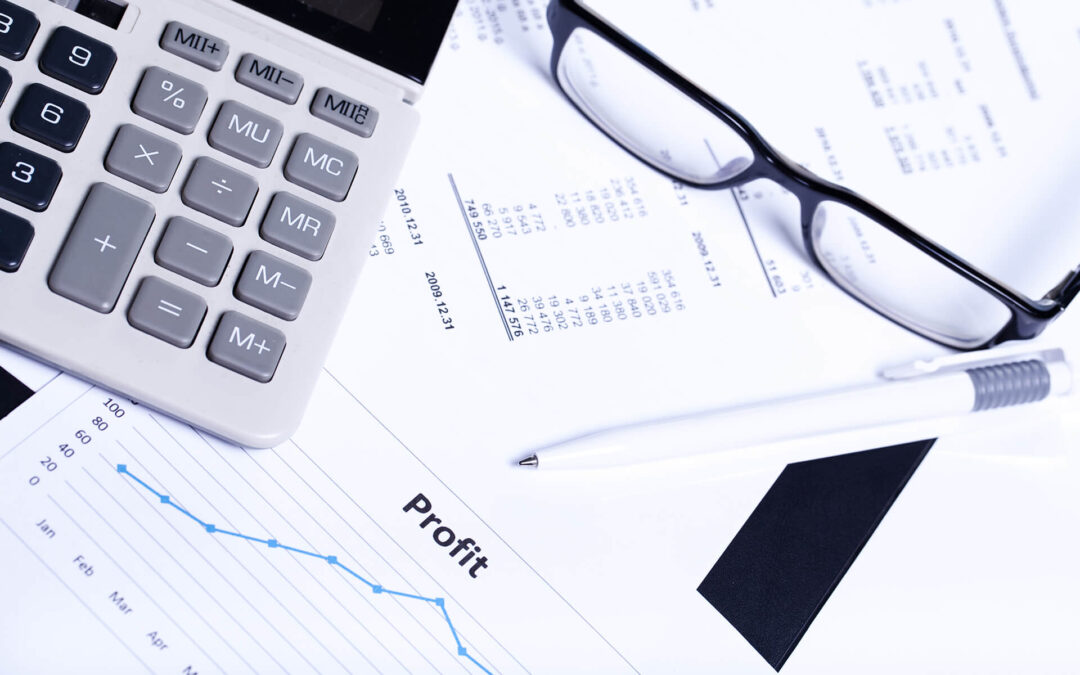The balance sheet is one of the three key financial statements used by businesses and investors to gain insights into a company’s financial health. It provides a snapshot of a company’s financial position at a specific point in time, offering a clear view of its assets, liabilities, and equity. Understanding the components of a balance sheet is essential for making informed financial decisions. In this blog post, we will demystify the balance sheet, explaining what assets, liabilities, and equity mean and how they interact to reflect a company’s financial stability.
Assets: The Building Blocks of Wealth
Assets are what a company owns or controls, and they can be divided into two main categories:
a. Current Assets: Current assets are those that are expected to be converted into cash or used up within one year. These include cash, accounts receivable, inventory, and short-term investments. They are essential for a company’s day-to-day operations and can be readily liquidated.
b. Non-current Assets (or Fixed Assets): Non-current assets are those expected to provide benefits over a more extended period, typically longer than one year. Examples of non-current assets include property, plant, equipment, and long-term investments. These assets are critical for the company’s long-term growth and sustainability.
Liabilities: The Company’s Obligations
Liabilities are the company’s obligations, the debts it owes to external parties. Like assets, liabilities are categorized into two main groups:
a. Current Liabilities: Current liabilities are short-term obligations that the company must settle within one year. These typically include accounts payable, short-term debt, and accrued expenses.
b. Non-current Liabilities: Non-current liabilities are long-term obligations that extend beyond a year. These can include long-term loans, bonds, and lease obligations. Managing non-current liabilities effectively is crucial for a company’s financial stability.
Equity: The Owner’s Stake
Equity represents the owner’s interest in the company, often referred to as shareholders’ equity. It’s calculated as the difference between a company’s total assets and total liabilities. In other words, it’s what would remain for shareholders if all the company’s assets were liquidated and all its debts were paid off. Equity includes:
a. Common Stock: This is the value of shares issued to the company’s shareholders. It represents ownership in the company and often comes with voting rights.
b. Retained Earnings: Retained earnings are the accumulated profits that the company has retained rather than distributed as dividends. It represents reinvested profits and contributes to the company’s growth and financial stability.
The Balance Sheet Equation: Assets = Liabilities + Equity
The fundamental accounting equation, also known as the balance sheet equation, is:
Assets = Liabilities + Equity
This equation underscores the balance sheet’s purpose: to ensure that a company’s assets equal the sum of its liabilities and equity. If the equation doesn’t balance, it means there is an error in the financial statements, and accountants must investigate to correct it.
Demystifying the balance sheet is crucial for anyone interested in understanding a company’s financial health and making informed investment or financial decisions. Assets, liabilities, and equity are the key components of the balance sheet, each playing a vital role in portraying the company’s financial stability. By grasping the significance of these elements and how they interact, you can gain valuable insights into a company’s financial position and make more informed financial decisions.

